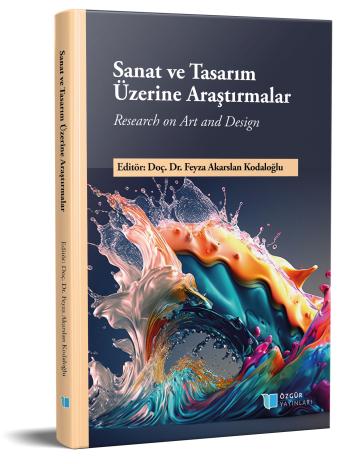
An Analysis of Maurits Cornelis Escher’s Artwork “Day and Night”
Chapter from the book:
Akarslan Kodaloğlu,
F.
(ed.)
2023.
Research on Art and Design.
Synopsis
Maurits Cornelis Escher makes a striking impact on the art world with his work "Day and Night". This work is full of complex geometric patterns and optical illusions that reflect Escher's characteristic style. The artist, who questions the perception of reality on a two-dimensional plane, manages to impress the viewer with visual contradictions. In his work "Night and Day", Escher creates a complex relationship between geometric shapes and figures when comparing black and white colors decently. Repeating patterns, endless loops and inverted forms form the main theme of the work. While following order and symmetry, the viewer, on the other hand, is drawn into a contradictory and uncertain world.
Escher's ingenuity combined with his ability to create visual illusions. In "Night and Day", the motifs created by the masterful combination of positive and negative areas attract the attention of the audience. This is an example that highlights the artist's optical illusions that distort the perception of reality. At the core of "Night and Day" lies the idea that opposites can come together and exist in harmony. Escher not only presents an aesthetic experience with a visual paradox, but also refers to the complexity of human thought. All in all, "Night and Day" is an impressive work that showcases Maurits Cornelis Escher's artistic genius and extraordinary perspective. More than 600 editions of this painting have been exhibited in many countries. It should be noted that it is an important work that Turkish art audiences must see closely and examine its details.

